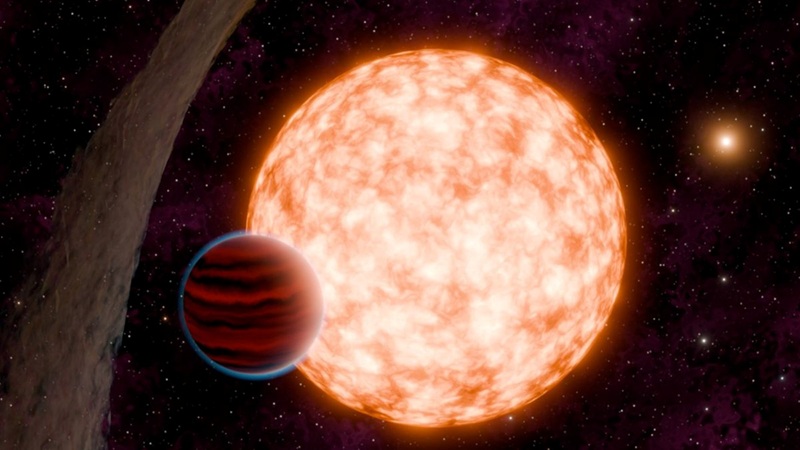Led by A. Moya, and also composed of Drs. Camilla Danielski and Juan Fabregat, this line of research focuses on the characterisation of exoplanetary systems through asteroseismology (linear and non-linear), on the development of machine learning methods for the estimation of stellar parameters, and on the search for exoplanets using gravitational waves. The group is actively involved in multiple space missions, playing a leading role in ESA missions such as PLATO and Ariel, together with key responsibilities in the HAYDN mission proposal and HRMOS instrument design.
The team's scientific activity is structured around four main axes:
1) nonlinear asteroseismology of δ Scuti stars;
2) stellar characterisation using photometric, spectroscopic and machine learning techniques;
3) the detection of planets via gravitational wave astronomy;
4) the asteroseismology of pulsating Be-type stars.
On the first line, the group is pioneering the use of non-linear stellar pulsation equations to model complex frequency spectra, impossible to reproduce with traditional linear theory.
The second line has experienced a notable boost in the last four years, especially in the field of machine learning, thanks to the development of hierarchical Bayesian models applied to the estimation of stellar ages using chemical clocks. In this context, A. Moya leads the development of the MSAP1 module of the PLATO mission, an essential component for the joint detection and characterisation of exoplanets and their host stars, in collaboration with researchers from seven countries. Furthermore, Moya is the Spanish principal investigator of the HAYDN mission proposal for the ESA M8 call, an international effort whose Spanish consortium (IAA-CSIC, UGR, IAC, ICE, ICCUB and UVEG) is coordinated by the GRACE group. In parallel, C. Danielski coordinates the Stellar Characterisation Working Group of the Ariel mission, whose objective is to homogenise the fundamental, dynamic and chemical characterization of all the stars that Ariel will observe before its launch in 2029, in close synergy with NASA within the “US Contributions to Ariel Preparatory Science”.
In the third line, C. Danielski co-leads the international and interdisciplinary team in charge of developing the scientific case for planetary detection for the LISA (ESA) mission, focused on the detection of planets around double white dwarfs using gravitational wave astronomy, thus opening a completely new way to explore planetary systems in compact and extreme environments.
The fourth line, led by J. Fabregat, focuses on the study of the peculiarities of the star Be for which pulsation plays a fundamental role in explaining its properties.
Senior researchers: C. Danielski, J. Fabregat, A. Moya
More information: https://thot-stellar-dating.space
Ariel: https://sites.google.com/inaf.it/arielstellarcatalogue
HAYDN: https://haydn-mission.space
HRMOS: https://www.hrmos.eu







